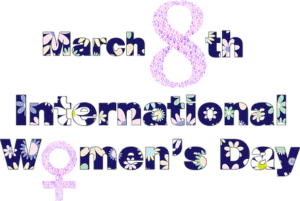 By Jewells Chambers (New York City)
By Jewells Chambers (New York City)
Historically, the work of women scientists and engineers in academia has been downplayed and undervalued by their male counterparts. Consequentially, such treatment has resulted in talented women leaking out of the science and engineering pipeline to pursue other endeavors. As women transition out of these fields along the pipeline, few are left to hold top ranking positions.
The lack of female role models and the presence of gender bias have made it difficult to convince young women to dedicate their professional careers to fields where they will be marginalized and undercompensated. With half of the United States’ population severely underrepresented within the science and engineering academic profession, it all too clear that these fields are not maximizing on their innovation and economic growth potential.

 This article originally appeared on our sister site
This article originally appeared on our sister site  By Melissa J. Anderson (New York City)
By Melissa J. Anderson (New York City) By Melissa J. Anderson (New York City)
By Melissa J. Anderson (New York City) By Melissa J. Anderson (New York City)
By Melissa J. Anderson (New York City) By Melissa J. Anderson (New York City)
By Melissa J. Anderson (New York City)
 By Tina Vasquez (Los Angeles)
By Tina Vasquez (Los Angeles) By Tina Vasquez (Los Angeles)
By Tina Vasquez (Los Angeles) By Elizabeth Harrin (London)
By Elizabeth Harrin (London)